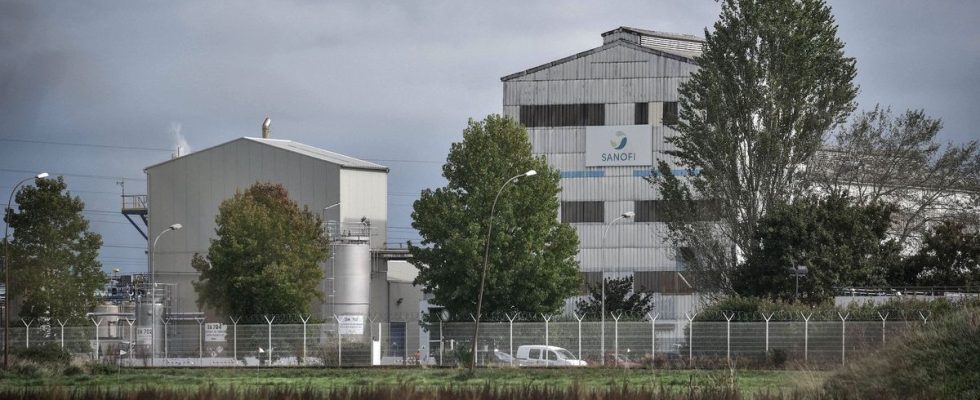Published on
Updated
Reading 3 min.
In the Pyrénées-Atlantiques, a mother filed a complaint against X for endangering others. Her two children present the same disorders as children exposed in utero to Dépakine even though this mother has never taken this treatment. On the other hand, it was exposed for years to emissions from a factory producing it. This indirect contamination could concern many residents.
It is a new act which opens in the Dépakine pharmaceutical scandal. According to one information The world from November 19, a mother filed a complaint with the public health center of the Paris judicial court for endangering the lives of others: her two children suffer from neurodevelopmental disorders similar to those observed in children exposed in utero to Dépakine (l antiepileptic drug is implicated in malformations). But for the first time, it is not the taking of the treatment that is in question, but the toxic discharges released by the Sanofi factory, near its habitat in Mourenx (64). If the causal link is demonstrated, this could affect several thousand people.
To find out more about the risks, we contacted Marine Martin, president of Apesac (Association for Assistance to Parents of Children Suffering from Anti-Convulsant Syndrome).), active in this folder.
Marine Martin: It was precisely through this woman, who contacted me in 2018, when the Dépakine scandal broke out in the press. She explained to me that she had not taken treatment, but that she had worked just opposite the Sanofi factory producing sodium valproate (the active ingredient in Dépakine) and had two children who presented typical malformations and autistic disorders, that we see when women have consumed Dépakine. Everything matched.
I advised him to do a “depakinemia” test normally used to evaluate epileptic therapy, which made it possible to determine the presence of Depakine or not in his blood. And while the drug’s shelf life is only 3 months, its test came back positive. This mother ingested this Dépakine indirectly.
Is the risk by inhalation a known risk?
Marine Martin: No, it’s not officially, but we could have suspected it. When we see that between 2013 and 2018 the low estimates of release are 13 tonnes per year and the maximum estimates of 20.2 tonnes, we can clearly see that these are astronomical quantities that are released. Articles from the time noted that the surrounding roads could be covered with white powder at times. And it wasn’t snow!
There was also a complaint filed by the CGT at Sanofi by employees who also feared for their health, environmental associations, as well as ours. But families were not informed of potential dangers. That’s why I referred this woman to a lawyer and we started this procedure.
Marine Martin: I was interviewed on November 10 as part of this procedure launched in 2018. I gave some elements, but for my part I also asked if there were ways to investigate more widely, because I assumes that there is a cluster in the Lacq basin.
This could be detected easily, it would be enough to have access to the Health Insurance database to check if there are more children here who have speech therapy, motor skills treatment, if there is diagnoses of autistic disorders or even craniostenosis…. There are checks that have not been done and that need to be done. We are waiting for an answer.
Could these toxic releases affect a lot of people in the end?
Marine Martin: In my opinion, this could well concern thousands of people, yes. Mourenx, the municipality concerned, already represents 5,000 inhabitants. But it would also be necessary to determine in which direction the winds carried these releases for years, which could concern many more people. This is also a question that must be part of the investigation.
As a reminder, according to a study by the Medicines Agency (ANSM) and Health Insurance (CNAM) published in June 2018, Dépakine is responsible for major congenital malformations in 2,150 to 4,100 children and neuro-disorders. development in 16,600 to 30,400 children over the period from 1967 to 2016.
